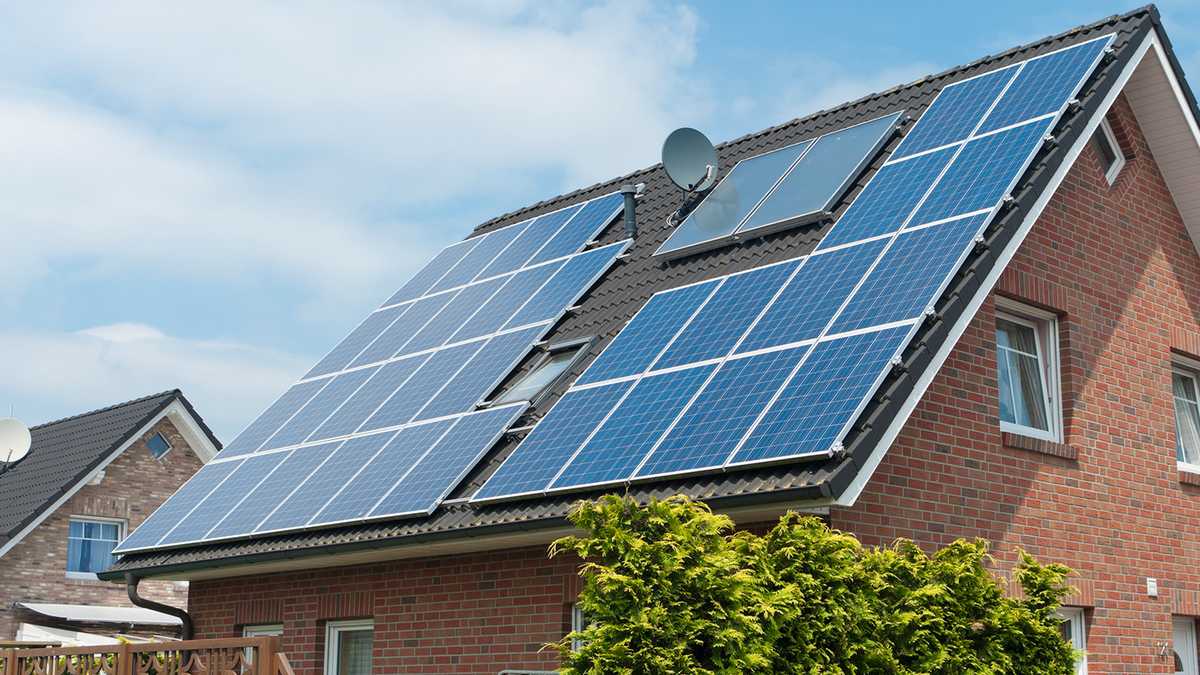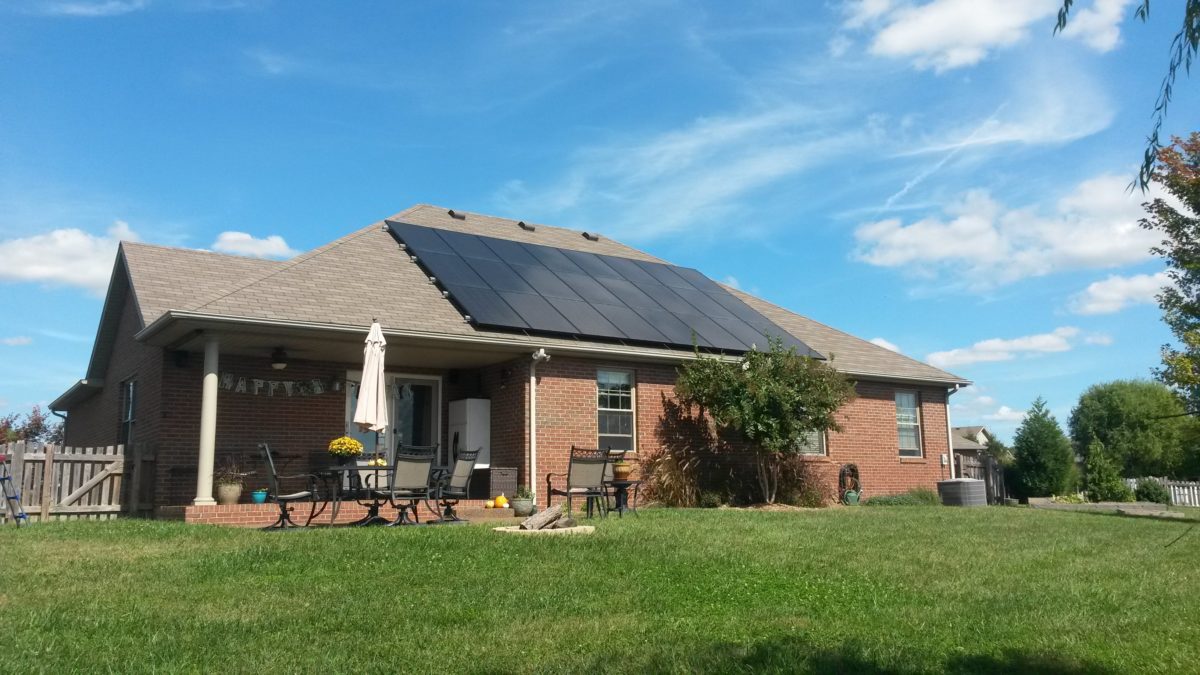mspohr
Well-Known Member
A way forward.
A solution for rooftop solar needs to reflect California values
The first part of a holistic solution is to mandate that everyone pay for energy in a way that is much closer to what it actually costs.
Second, we need to insist that higher income customers who are interested in solar also install home batteries. This transition to solar-plus-storage could occur in a short three-year period.
Third, lower income customers are currently suffering from the rapid inflation of energy costs largely driven by the spate of wildfires over the past five years and the need to harden the grid to wildfire. They deserve protection from rising costs.
Fourth, the growth of rooftop solar plus storage market is currently constrained by the supply of batteries – not the demand for them. Addressing the supply shortage is key to ensuring availability of battery packs and to allowing participation of Californians in the next phase of the energy transition.
A solution for rooftop solar needs to reflect California values
The first part of a holistic solution is to mandate that everyone pay for energy in a way that is much closer to what it actually costs.
Second, we need to insist that higher income customers who are interested in solar also install home batteries. This transition to solar-plus-storage could occur in a short three-year period.
Third, lower income customers are currently suffering from the rapid inflation of energy costs largely driven by the spate of wildfires over the past five years and the need to harden the grid to wildfire. They deserve protection from rising costs.
Fourth, the growth of rooftop solar plus storage market is currently constrained by the supply of batteries – not the demand for them. Addressing the supply shortage is key to ensuring availability of battery packs and to allowing participation of Californians in the next phase of the energy transition.




